Your old print photographs hold part of your family’s history and memories. Quite often, you only have one original print of each moment that is gradually taking up dust in a shoe-box and that no one is able to enjoy or share.
A client recently came to me a year after losing her grandfather. She had started looking for family pictures and was startled to discover that she only had a few hundred prints.
A client recently came to me a year after losing her grandfather. She had started looking for family pictures and was startled to discover that she only had a few hundred prints.
Her uncle and aunts who each lived in different countries in Europe and America had inherited a few pictures as well. Their photographic heritage had been scattered among family members. The photos she had were starting to fade away along with the captions that her grandfather had thoughtfully written on the back.
She could hardly identify the people in some of the prints and her mother couldn’t jog her memory either. Some photos were tearing and fading away. The memories left behind by her grandfather could disappear if she didn't consolidate their photographic heritage. Scanning the photos would help her share them with the rest of the family and perhaps identify those she could not recognize. It will allow her to have backup copies of all the photos and to restore the prints that are deteriorating. But most importantly, it will strengthen her family history.
Today thanks to scanning, you can create second copies of your precious prints and safeguard your entire collection.
Scanning print photos take a tremendous amount of time and effort to do. It requires a specialized know-how in digital archiving and proper scanning techniques and tools. What should be an enjoyable trip down memory lane could turn into a bit of a chore.
You can always opt to send them to the nearest copy center and have them scanned for a cheap pricing package. They will most probably give you an unorganized folder filled with misnamed photos that aren’t scanned according to preservation standards. The result will be quite as messy as that shoe-box you wanted to get sorted.
Having your print photos scanned is not a luxury, it’s a necessary step if you want to safeguard and protect your photos. So why not let us do the tedious but necessary work while you sit back and relax?
As Professional Photo Organizers, we have a strong passion for organizing and simplifying your photo collections. With years of training behind us, we’ve mastered the proper scanning techniques that allow us to render high-quality scans of print photographs. We’ve also developed a proper file naming method to name and tag each scanned picture with all the information that you will need to retrieve these photographs.
Scanning your photo and slide collection offers several valuable benefits:
Today thanks to scanning, you can create second copies of your precious prints and safeguard your entire collection.
Scanning print photos take a tremendous amount of time and effort to do. It requires a specialized know-how in digital archiving and proper scanning techniques and tools. What should be an enjoyable trip down memory lane could turn into a bit of a chore.
You can always opt to send them to the nearest copy center and have them scanned for a cheap pricing package. They will most probably give you an unorganized folder filled with misnamed photos that aren’t scanned according to preservation standards. The result will be quite as messy as that shoe-box you wanted to get sorted.
Having your print photos scanned is not a luxury, it’s a necessary step if you want to safeguard and protect your photos. So why not let us do the tedious but necessary work while you sit back and relax?
As Professional Photo Organizers, we have a strong passion for organizing and simplifying your photo collections. With years of training behind us, we’ve mastered the proper scanning techniques that allow us to render high-quality scans of print photographs. We’ve also developed a proper file naming method to name and tag each scanned picture with all the information that you will need to retrieve these photographs.
Scanning your photo and slide collection offers several valuable benefits:
- Protect your photo prints and slides:
- Restore them back to their former beauty:
- Share them with family and friends:
- Get creative with your photos:
Memories are meant to be shared with loved ones so preserve precious images of your family history by turning them digital so you can pass them on to future generations.
Book your free consultation session with us, and start preserving a lifetime of memories.
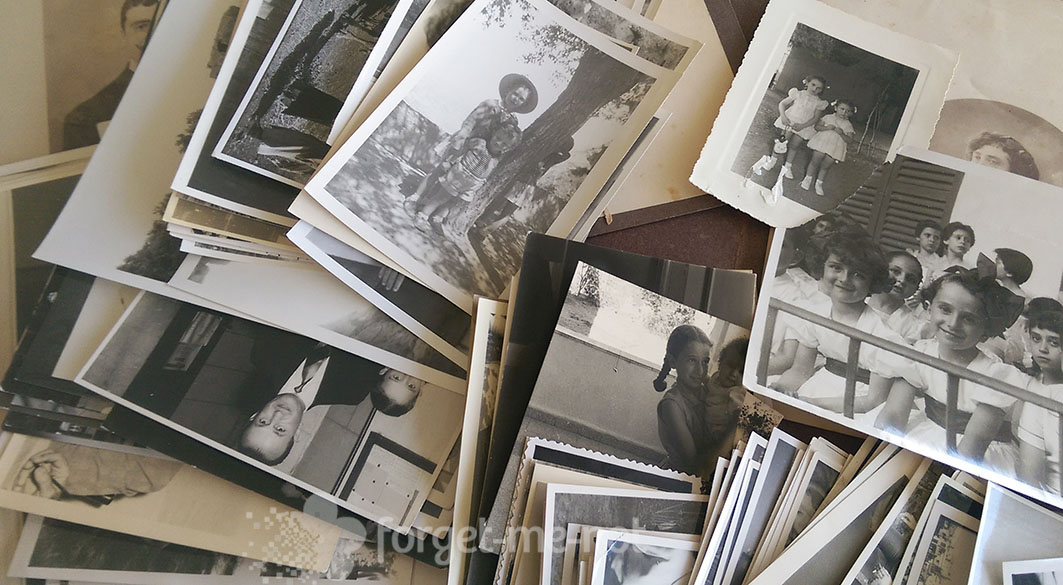
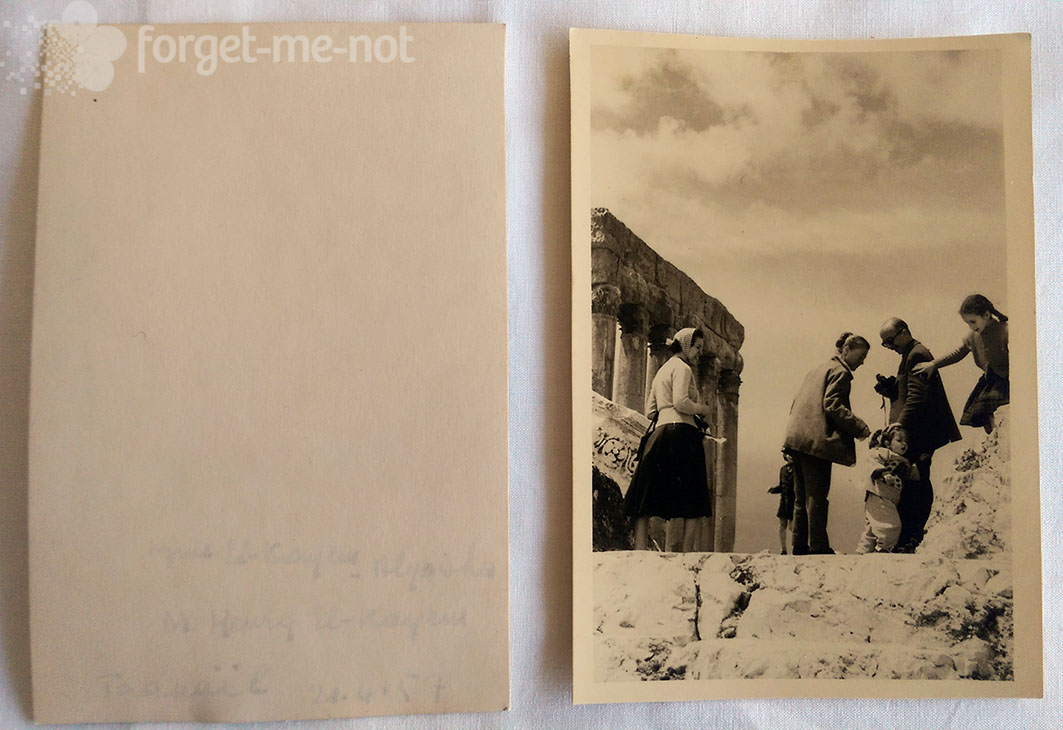
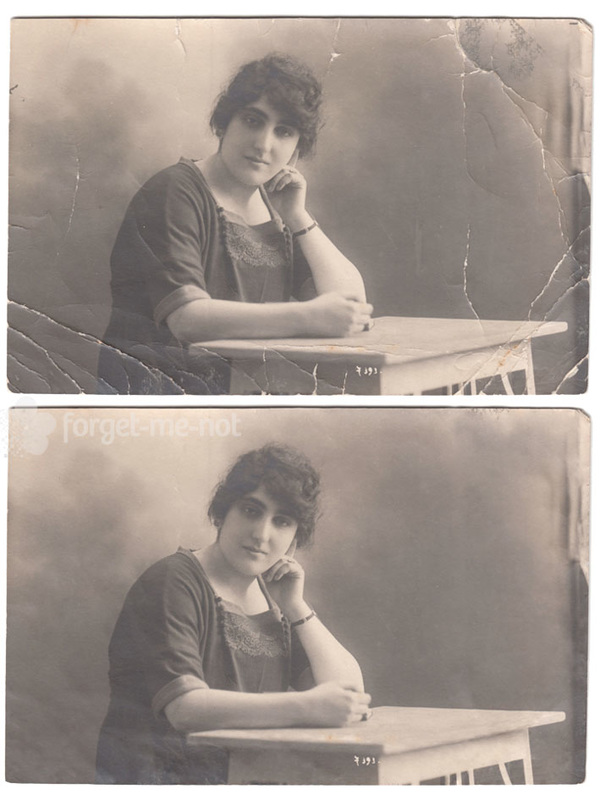
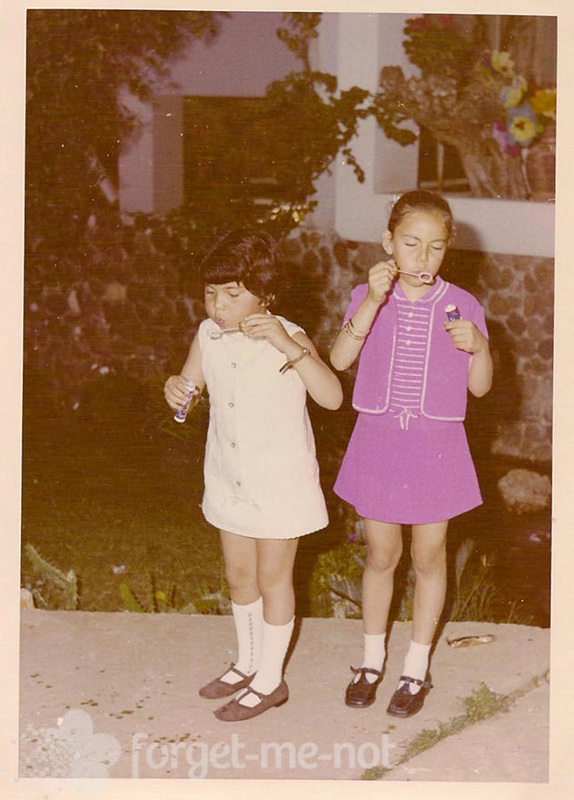
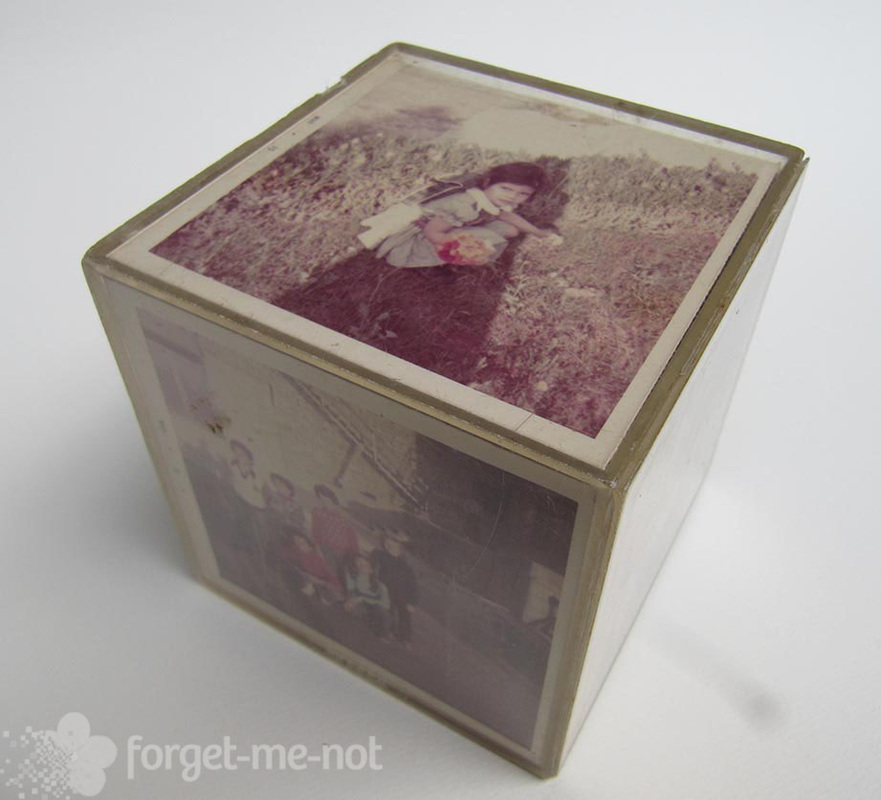
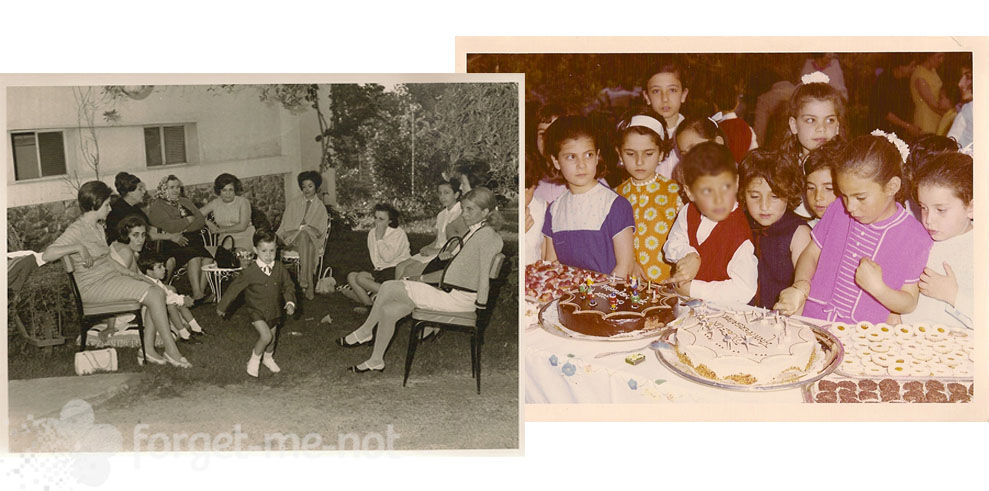
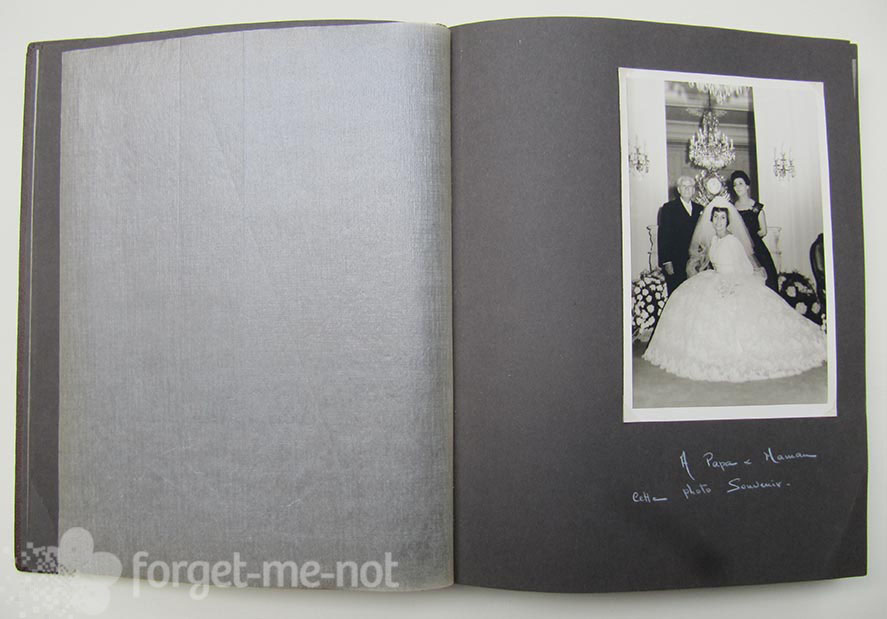
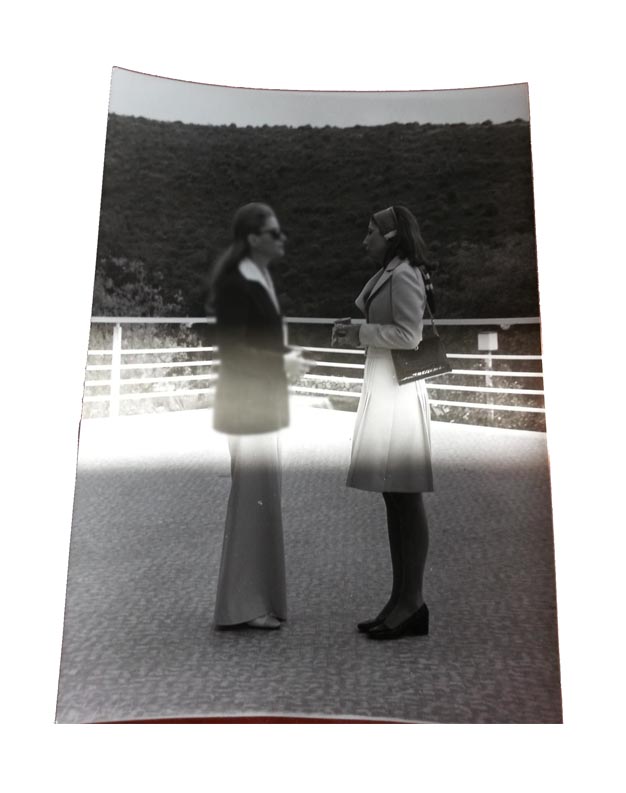

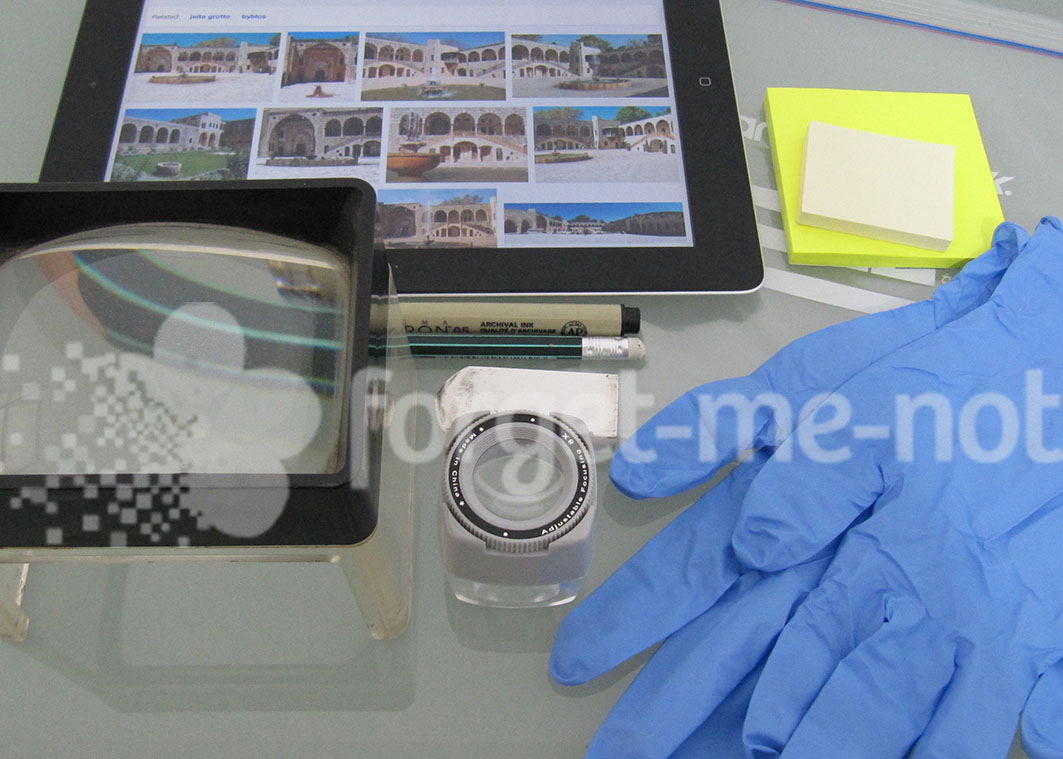
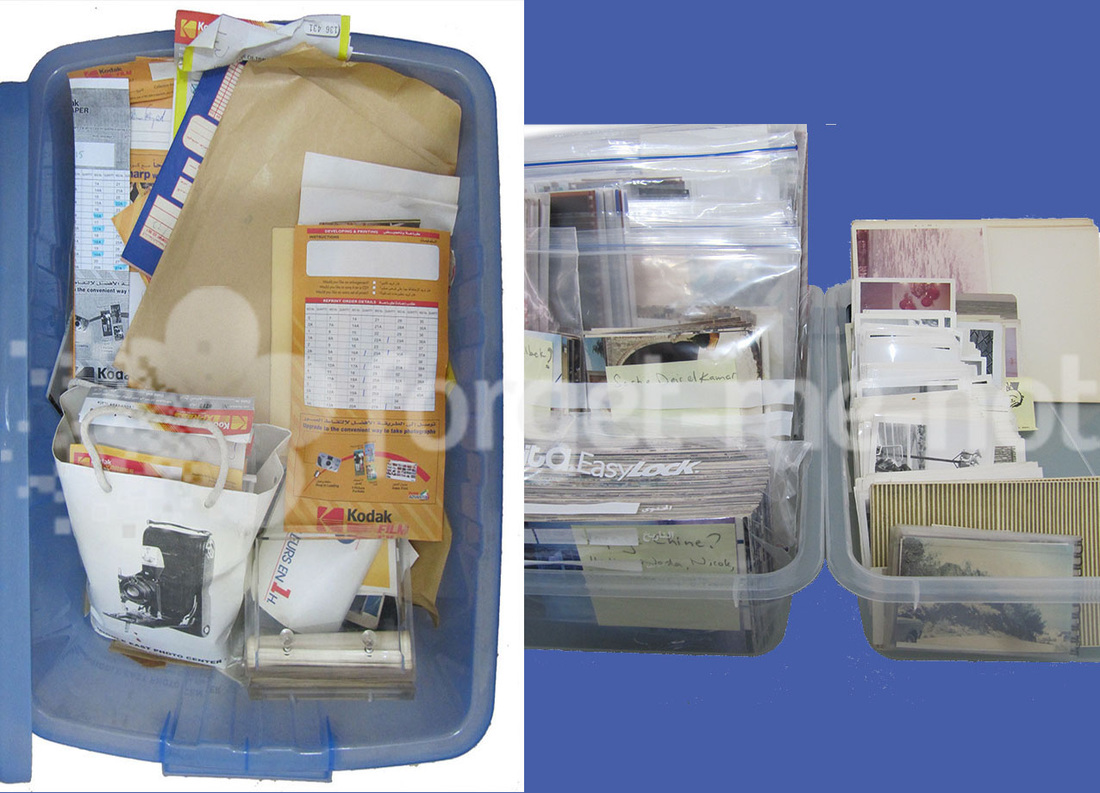
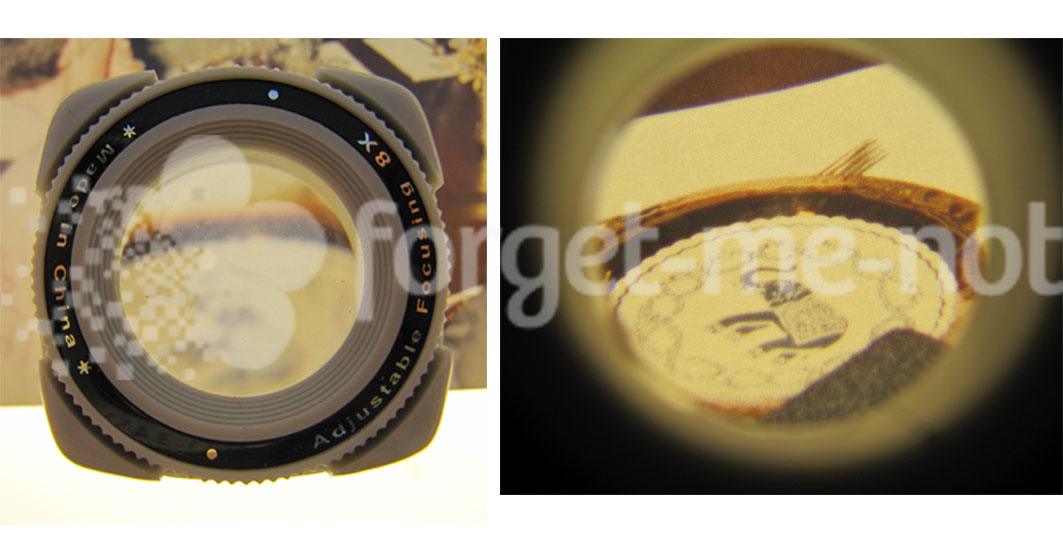
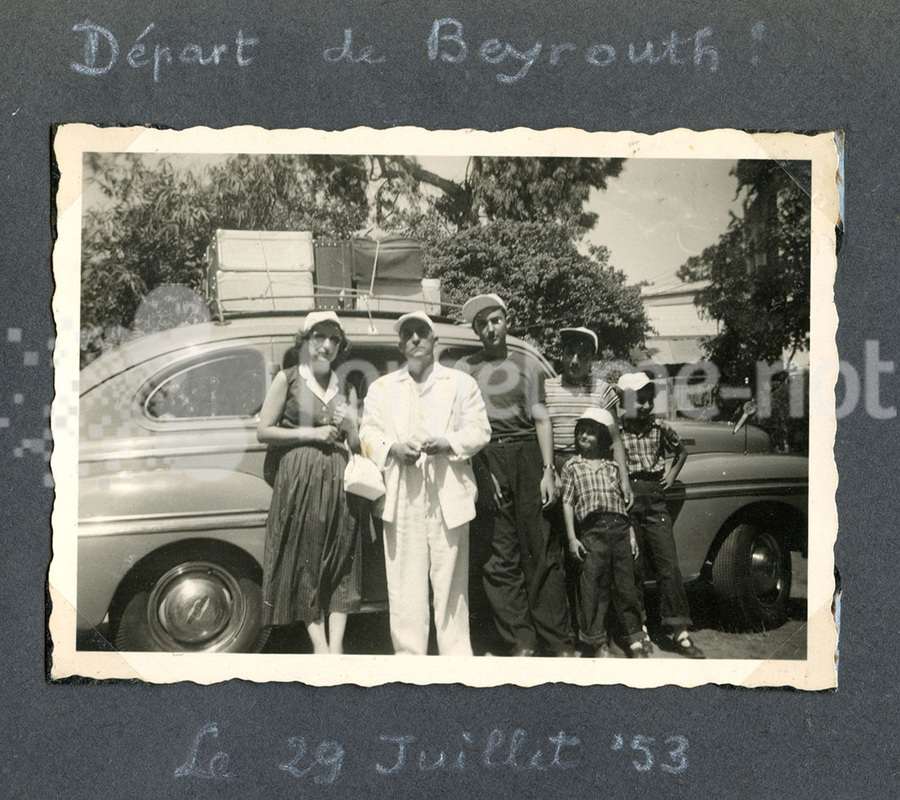
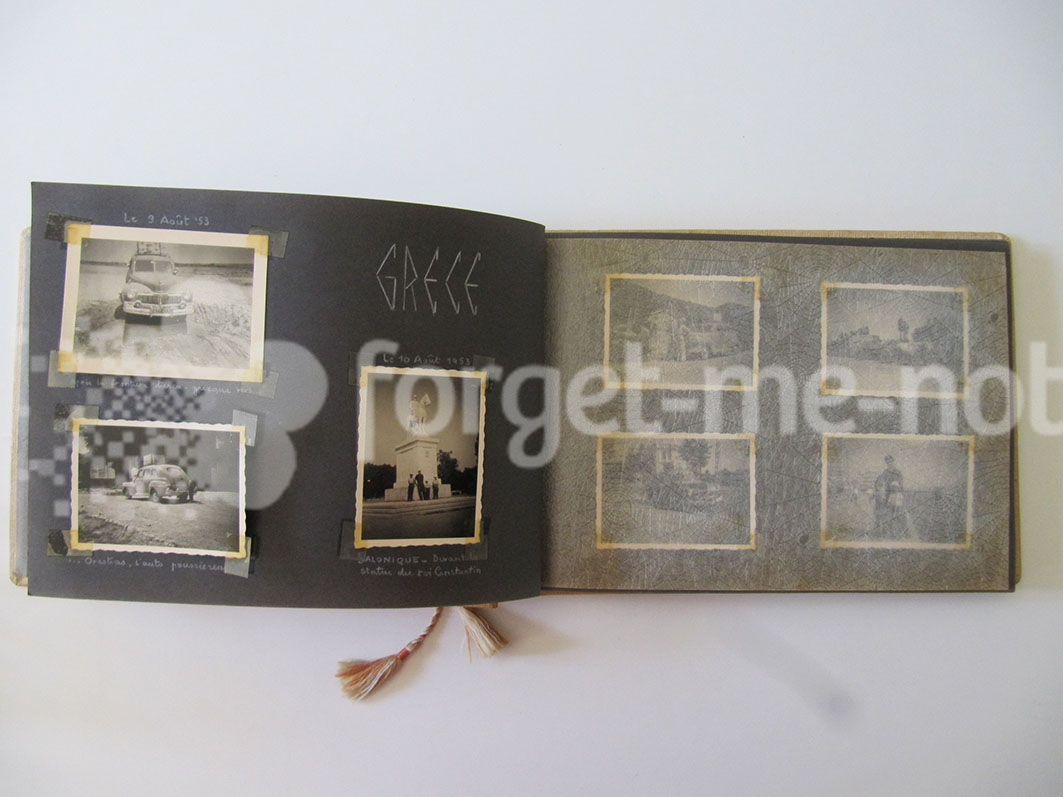
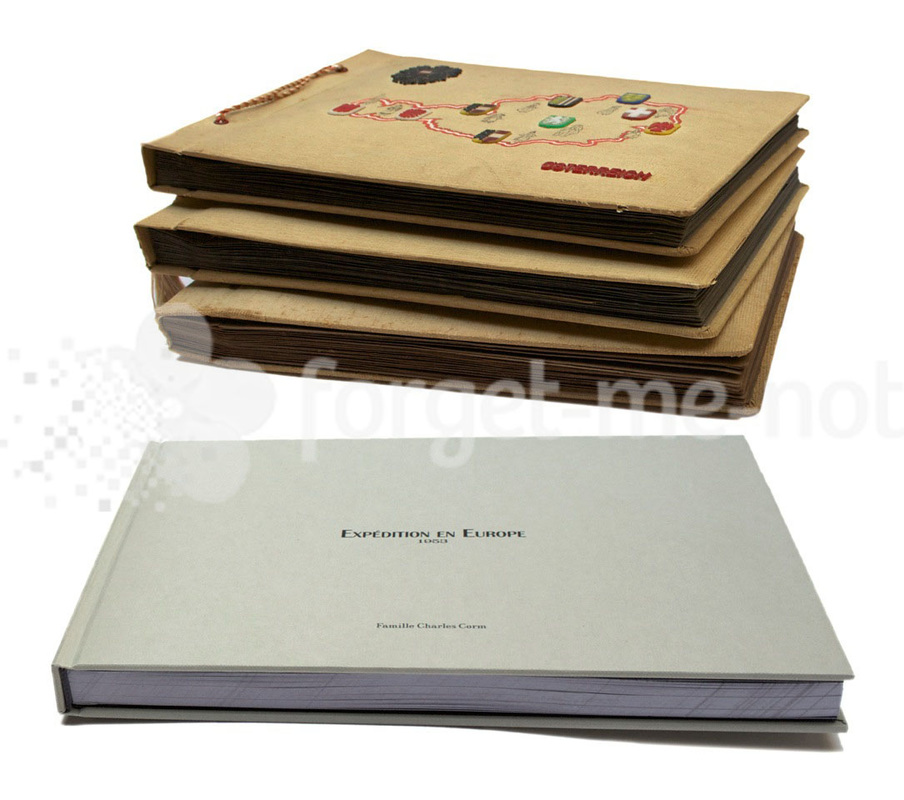
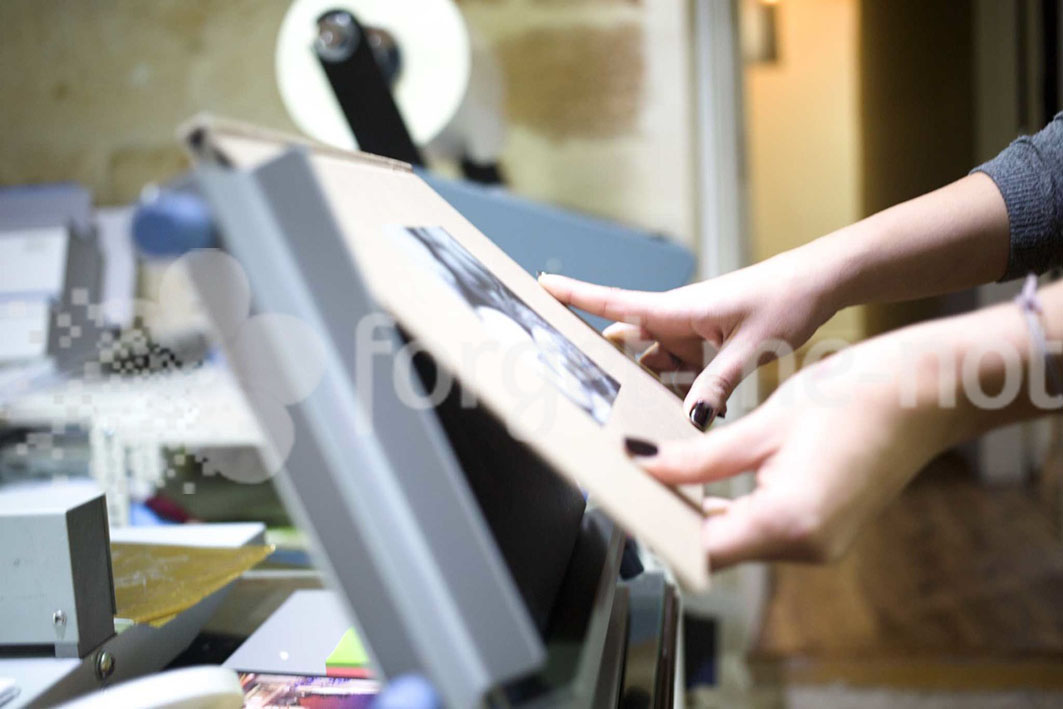
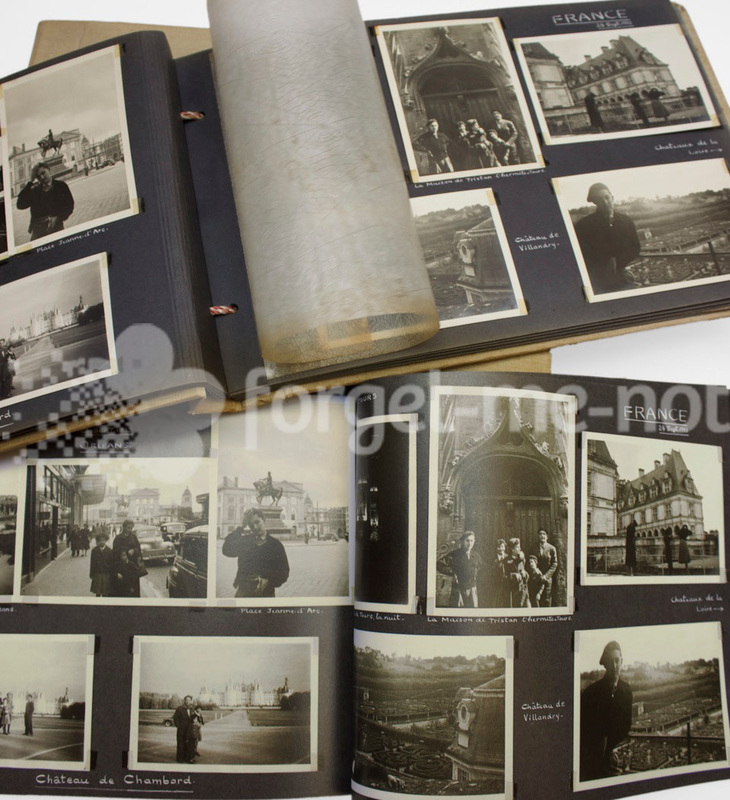
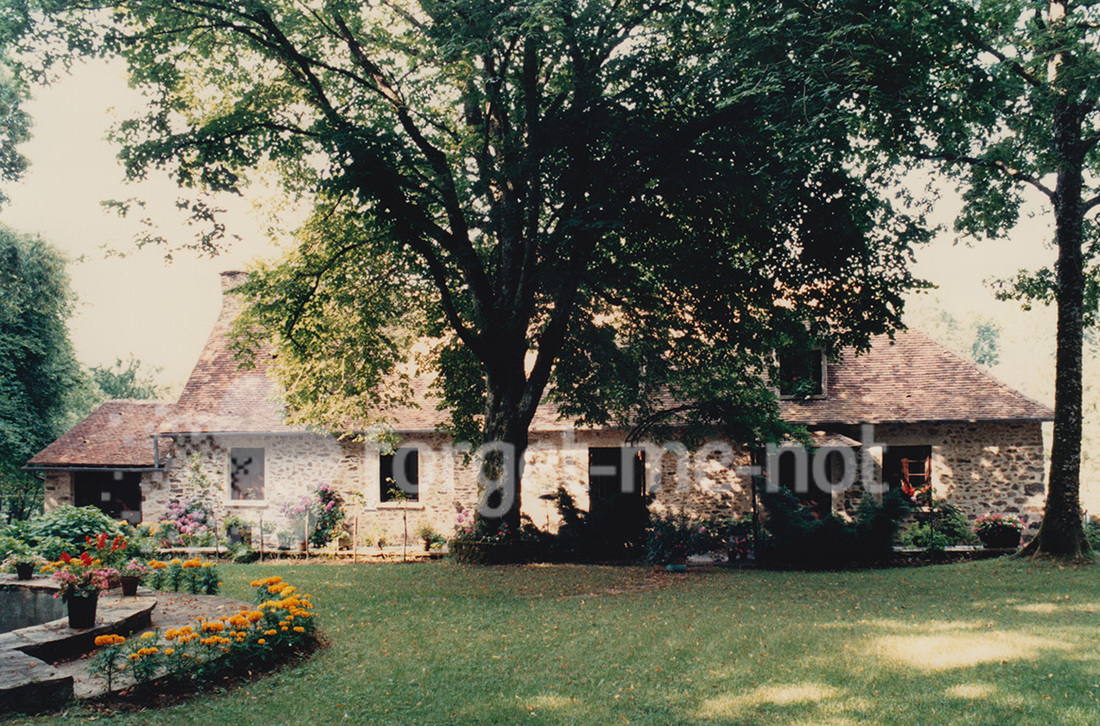
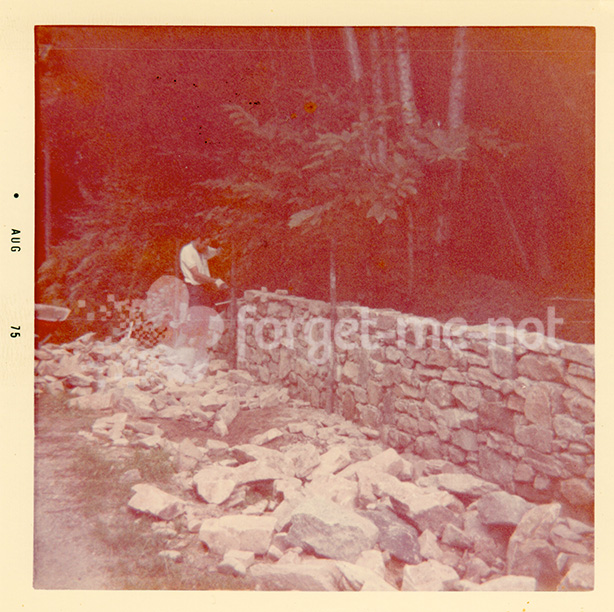
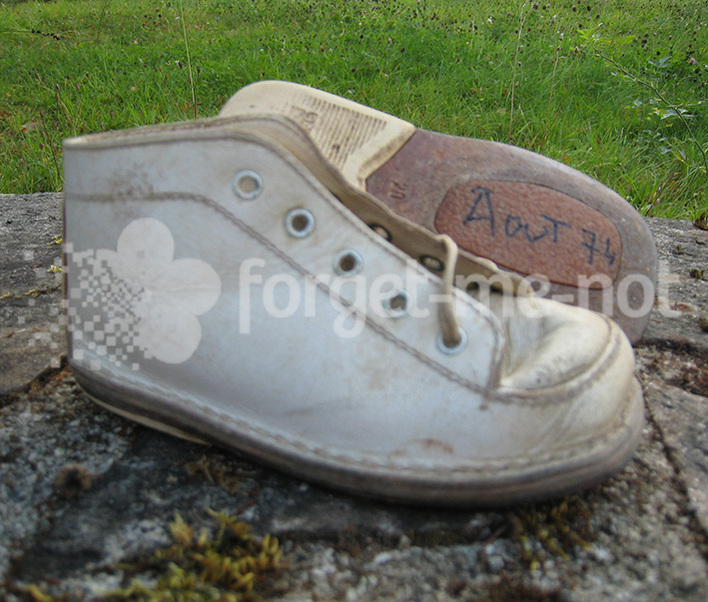
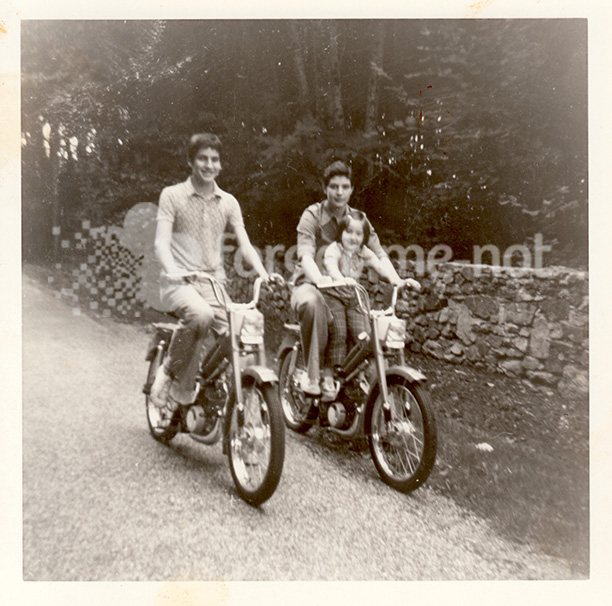
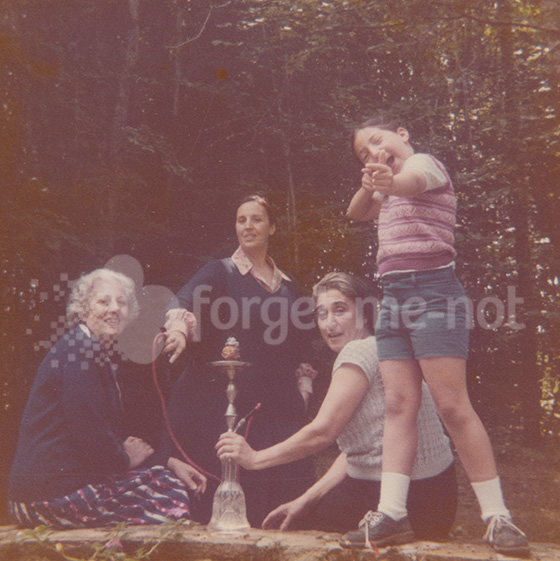
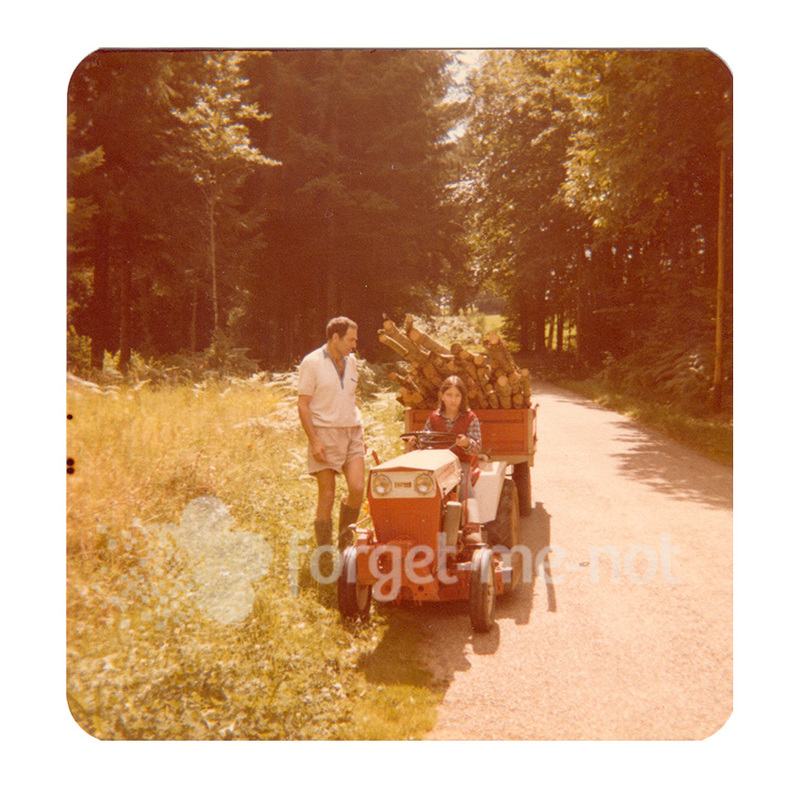
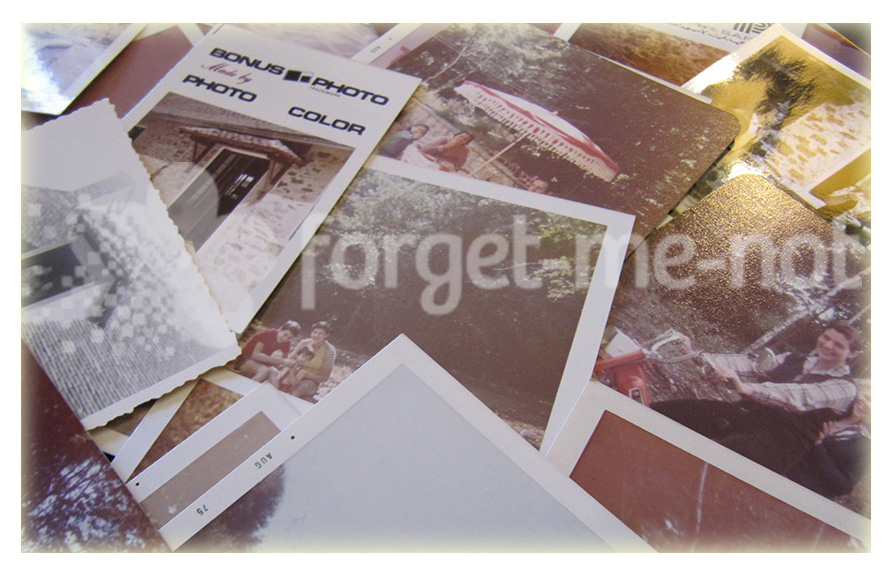

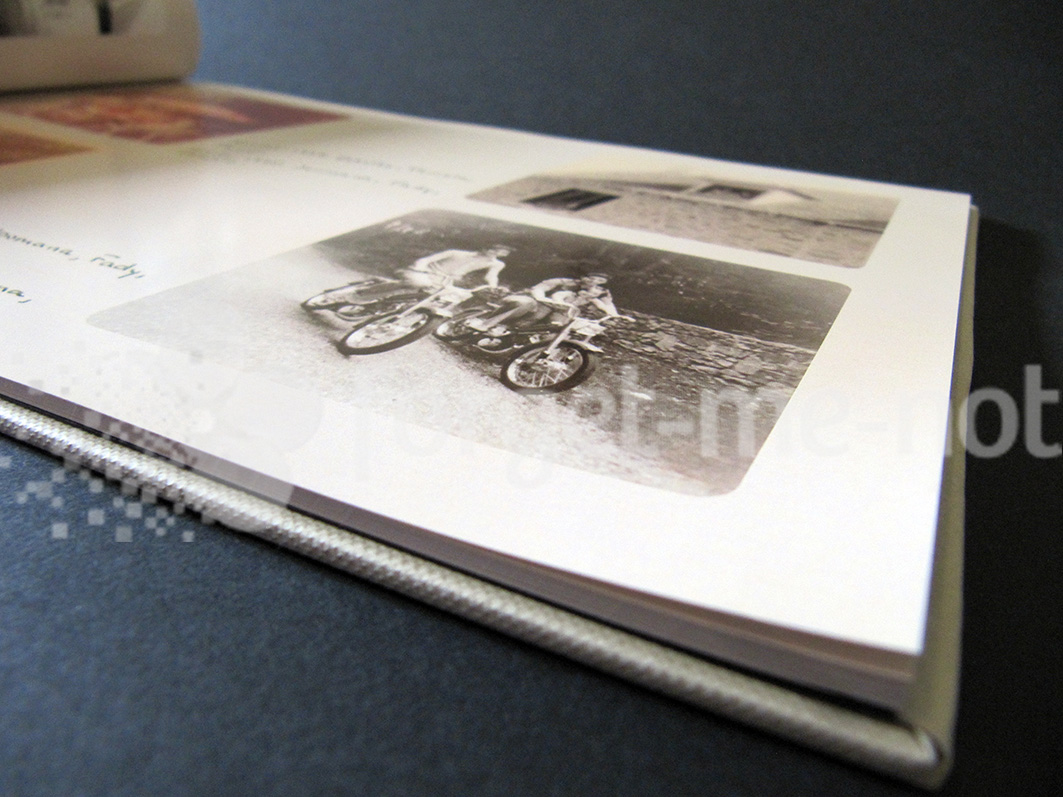
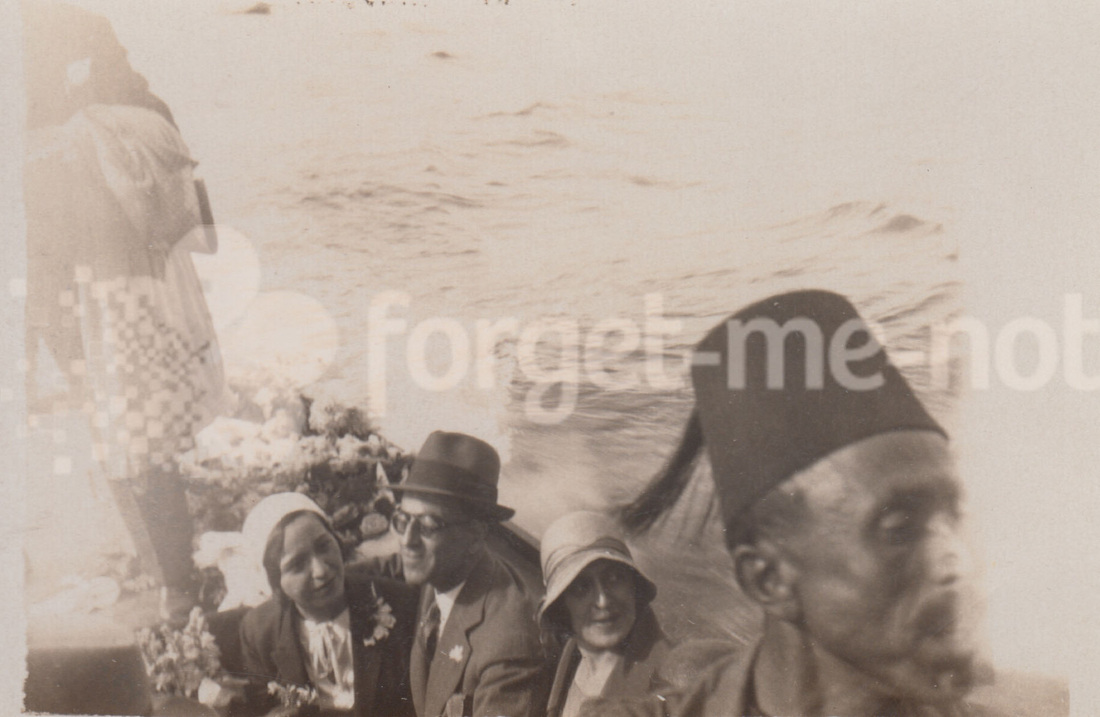
 RSS Feed
RSS Feed